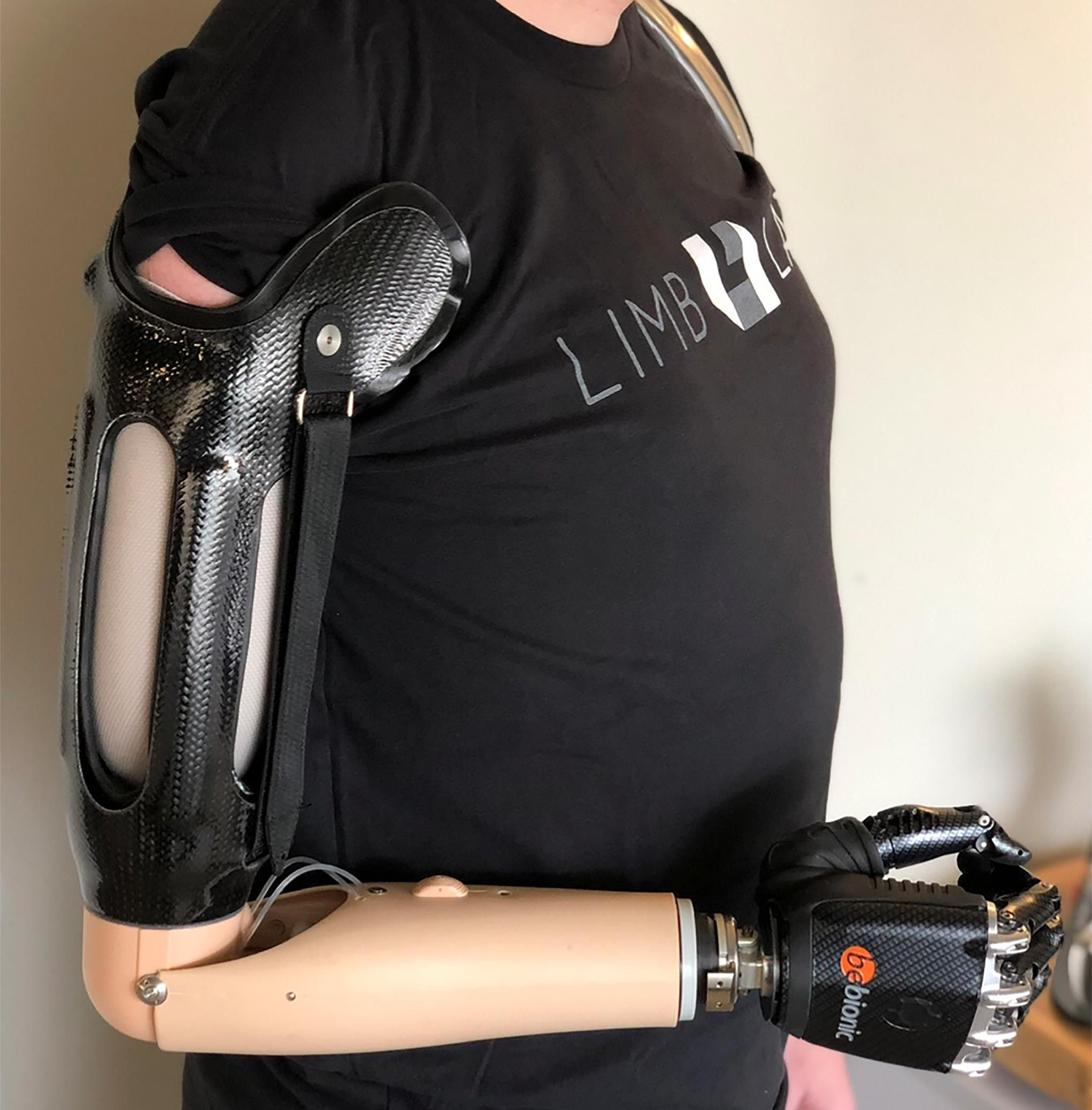Amputation in the setting of adult brachial plexus injury (BPI) thankfully is less common than in decades past. Notable progress has been made in microvascular surgery and brachial plexus reconstruction.
For some patients with BPI, however, surgical reconstruction is not feasible or successful. Those with a flail arm and mechanical shoulder pain may benefit from amputation. In addition, there have been profound advancements in upper-extremity prostheses. Showing potential promise in this regard are lightweight myoelectric prostheses that use electromyographic signals from muscles not normally associated with the intended function (nonintuitive control).
In the Aug 17, 2022 issue of JBJS, Cantwell et al. present the results of their retrospective review of 32 patients with traumatic BPI who underwent elective upper-extremity amputation over a 20-year period at their institution. The patients had an average follow-up of 53 months. The authors compared the results of amputation with and without a myoelectric prosthesis (MEP).
Access the full report, including videos demonstrating MEP use.
Study Details and Findings
Of the 32 patients, 10 (31%) underwent fitting for an MEP, while the remaining 22 patients did not. Amputation occurred, on average, at 48.9 months after BPI and 36.5 months after reconstruction, which was attempted in 30 of the 32 patients.
Patients who were fitted for an MEP tended to have measurable postoperative motor improvements more often after attempted reconstruction (9 of 10 patients) compared with patients fitted for a traditional prosthesis (4 of 7) or not fitted for any prosthesis at all (9 of 15). The authors note that this difference was not significant. Spontaneous return of motor function was positively correlated with MEP fitting (p = 0.02).
Transhumeral amputees were less likely than transradial amputees to undergo prosthetic fitting (p = 0.02), especially MEP fitting (p = 0.008). And conversely, transradial amputees were more likely to undergo prosthetic fitting (p = 0.01), particularly MEP fitting (p = 0.002). VAS pain scores improved for all patients after amputation (p = 0.03 for non-MEP patients and p = 0.04 for MEP patients), but postoperative VAS pain scores did not correlate with prosthesis type or level of amputation. Also, regardless of prosthetic fitting, patients were more likely to be employed following amputation than before amputation (p = 0.02).
None of the patients expressed regret with their decision to undergo amputation. The authors are keen to point out that amputation does not help neuropathic pain, and that the 15% reduction in average VAS pain scores in this study likely represents relief of the mechanical pain from the weight of a nonfunctioning limb.
The authors advocate that patient selection is key for elective amputation following traumatic BPI. All of the patients fitted for an MEP were able to demonstrate grasp and release and reported regular prosthesis wear. Determining who has the requisite myoelectric signals to power an MEP may be key in determining the proper patient to be fitted for one.
Matthew R. Schmitz, MD
JBJS Deputy Editor for Social Media




